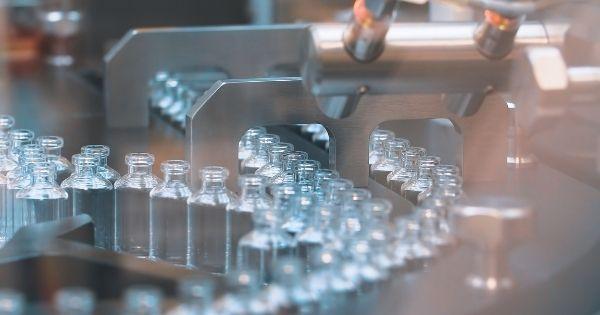
Modern science has two main purposes: research and experimentation. These goals would never come to fruition without a team of skilled experts in laboratory settings.
But what makes traditional lab environments different from specialized cleanrooms? What parameters must be controlled in a laboratory for safety and quality assurance? Let’s closely examine the differences between laboratories and cleanrooms.
What Is a Cleanroom?
A laboratory is a specific setting known for its traditional applications: scientific testing, experimenting, and research. Yet, this standard definition does not speak of any controlled environmental settings. You will find that this is where the main difference between laboratories and cleanrooms lies.
A cleanroom is a specialty laboratory environment with several controlled parameters. The primary reasoning behind this isolated room setup is to protect human health by preventing contamination from airborne particles, organisms, and biological materials. Scientists can ensure quality and safety during chemical research and production with adequate temperature, humidity, and air quality parameters.
Why Controlled Lab Environments Matter
Any research or educational institution can have a laboratory where individuals conduct regular experiments or tests. This lab highly differs from those with specialized cleanrooms that control their environments based on specific criteria. You will find that organizations in a wide range of industries use cleanrooms for manufacturing processes. A sound production process, like one needed for pharmaceuticals, isn’t possible without a secure environment that provides protection.
A controlled lab environment is essential for the assurance of product integrity, safety, and quality. For this reason, laboratory manufacturing cleanrooms must meet these requirements by following supplier standards. Remember: not all cleanrooms provide equal protection. The International Standards Organization (ISO) sets global classifications that label cleanrooms from ISO levels 1 to 9 based on the max allowable contamination.
The Importance of Specialty Cleanrooms for Manufacturing
Considering QC, there is no point in using laboratory manufacturing environments without control parameters in place. Fortunately, research and development facilities can accommodate industry requirements with cleanrooms that meet cleanliness standards. Many pharmaceutical research labs have ISO class 8 to ISO class 5 cleanrooms for quality control and assurance needs. Trained laboratory personnel can meet contamination control standards with these cleanroom solutions.
Moravek is a contract organization providing cGMP API pharmaceutical manufacturing.Our team follows Good Manufacturing Practices guidance for the production of APIs. Our modern QC laboratory includes ISO class 7 cleanrooms to ensure the highest quality of materials for clinical trials and research. Learn more about Moravek’s state-of-the-art chemists, facilities, and quality on our website.
